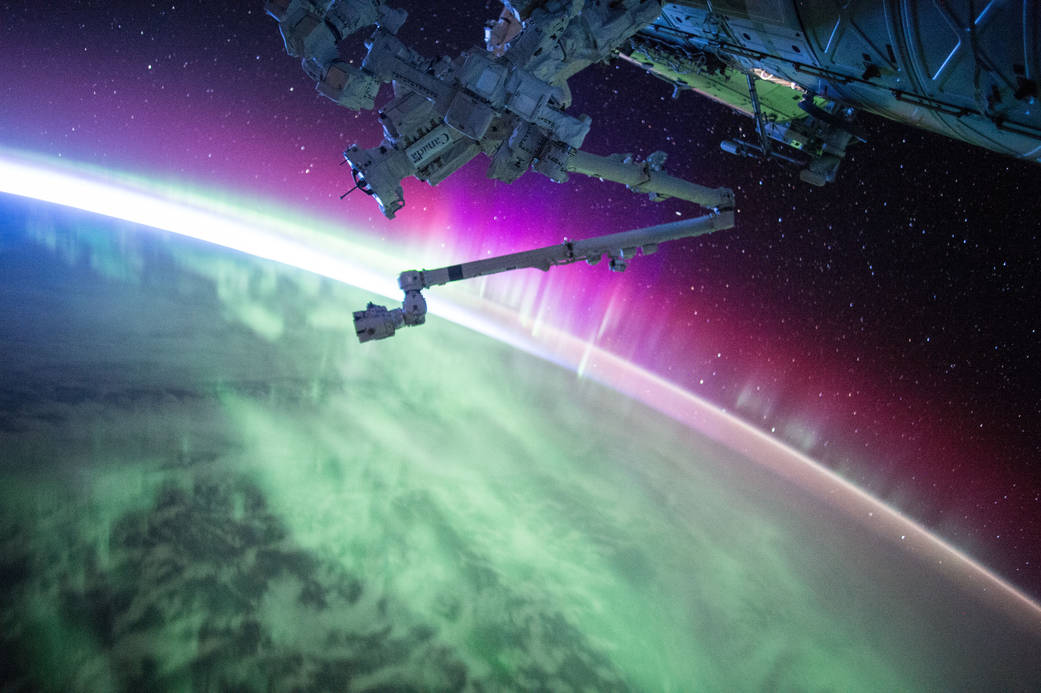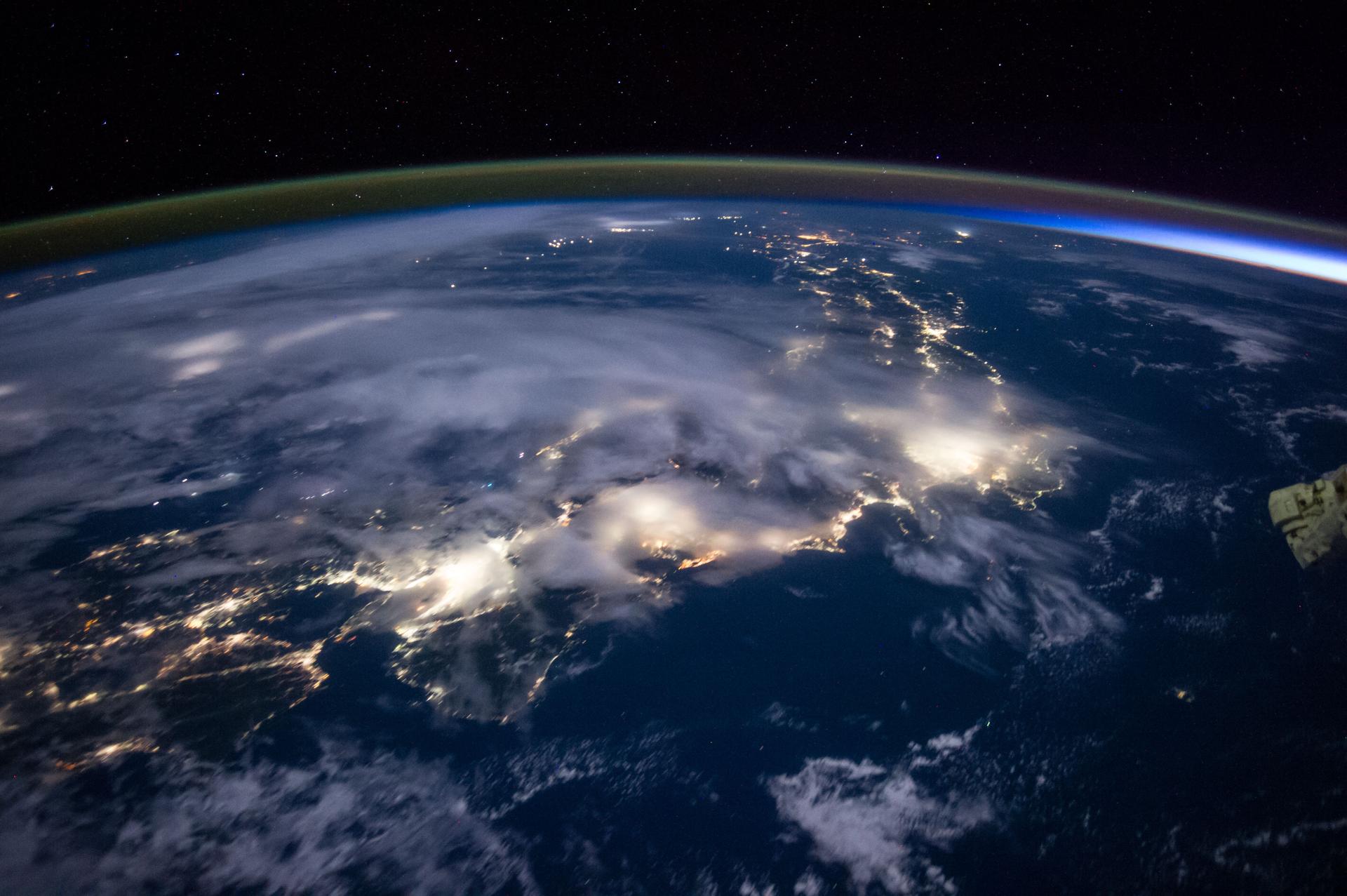Four U.S. companies are making progress on new low Earth orbit commercial space stations for NASA to continue its research and technology development after the retirement of the International Space Station
Four U.S. companies are making progress on new low Earth orbit commercial space stations for NASA to continue its research and technology development after the retirement of the International Space Station.
The companies currently are demonstrating progress by checking off engineering design and development objectives specific to the individual projects.
“NASA is proud to see our commercial partners continue to mature the designs of their stations,” said Phil McAlister, director of commercial spaceflight at NASA Headquarters in Washington. “NASA’s unique expertise is the guiding hand in the development of the new future of low Earth orbit, and the success of our commercial partners is a reflection of the dedicated teams helping them to make this exciting future a reality.”
Part of NASA’s efforts to open space to more commercial opportunities and more people, the agency awarded three space act agreements and one contract to develop the next generation of space stations where the agency is one of many customers.
In 2020, NASA contracted with Axiom Space to provide a habitable commercial module to attach to the International Space Station. Axiom Space is on track to launch its first module to the International Space Station by 2026. The Houston-based company recently achieved a milestone by coordinating with NASA to deliver a multi-purpose logistics module (a large, reusable pressurized element that was originally used to ferry cargo back and forth to the station) to the company’s worksite in Houston for evaluation as a potential future Axiom Station module.
In December 2021, NASA awarded space act agreements to Blue Origin, Nanoracks and Northrop Grumman to develop free-flying space destinations.
Blue Origin’s partner, Sierra Space, recently passed a successful test milestone on a key piece of its space station. The team performed a month-long Accelerated Systematic Creep (ASC) test on the LIFE (Large Integrated Flexible Environment) module, loading a one-third-scale version of the inflatable habitat with a sustained amount of pressure over an extended period until it failed. The test is helping engineers to identify the operational in-orbit lifespan of LIFE’s inflatable pressure shell.
Nanoracks completed a demonstration milestone that focused on the material and manufacturing methods of the habitat portion of its commercial destination, named Starlab. The Nanoracks team is incorporating key lessons learned into the Starlab design. Nanoracks has also completed its comprehensive Starlab system requirements review milestone and is working toward its upcoming system definition review milestone later this year.
Northrop Grumman completed its milestone of passing a detailed system requirements review that included a thorough analysis of the habitat and service module of its commercial space station. Next, the company will work toward its system design review focusing on the commercial destination’s architecture, which will be evaluated against mission needs and commercial station architecture requirements.
NASA is working closely with commercial companies to develop new space stations capable of providing services to NASA and others, which will ensure that the U.S. maintains a continuous human presence in low Earth orbit and provides direct benefits for people on Earth. Leading into NASA’s future procurement for commercial low Earth orbit services, the agency will provide industry with draft requirements and standards for review by the end of 2023.
NASA is also enabling a vibrant commercial marketplace in low Earth orbit by incubating private astronaut missions and helping to advance other commercial space-related efforts. The agency recently committed to partnering with seven U.S. companies on a variety of commercial space projects, including additional space station destinations and transportation collaborations. On the private astronaut front, the second private astronaut mission to the International Space Station successfully completed in May 2023, with work underway to prepare for the third private astronaut mission.
NASA’s commercial strategy for low Earth orbit will provide the government with reliable and safe services at a lower cost and enable the agency to focus on Artemis missions to the Moon in preparation for Mars, while also continuing to use low Earth orbit as a training and proving ground for those deep space missions.






























